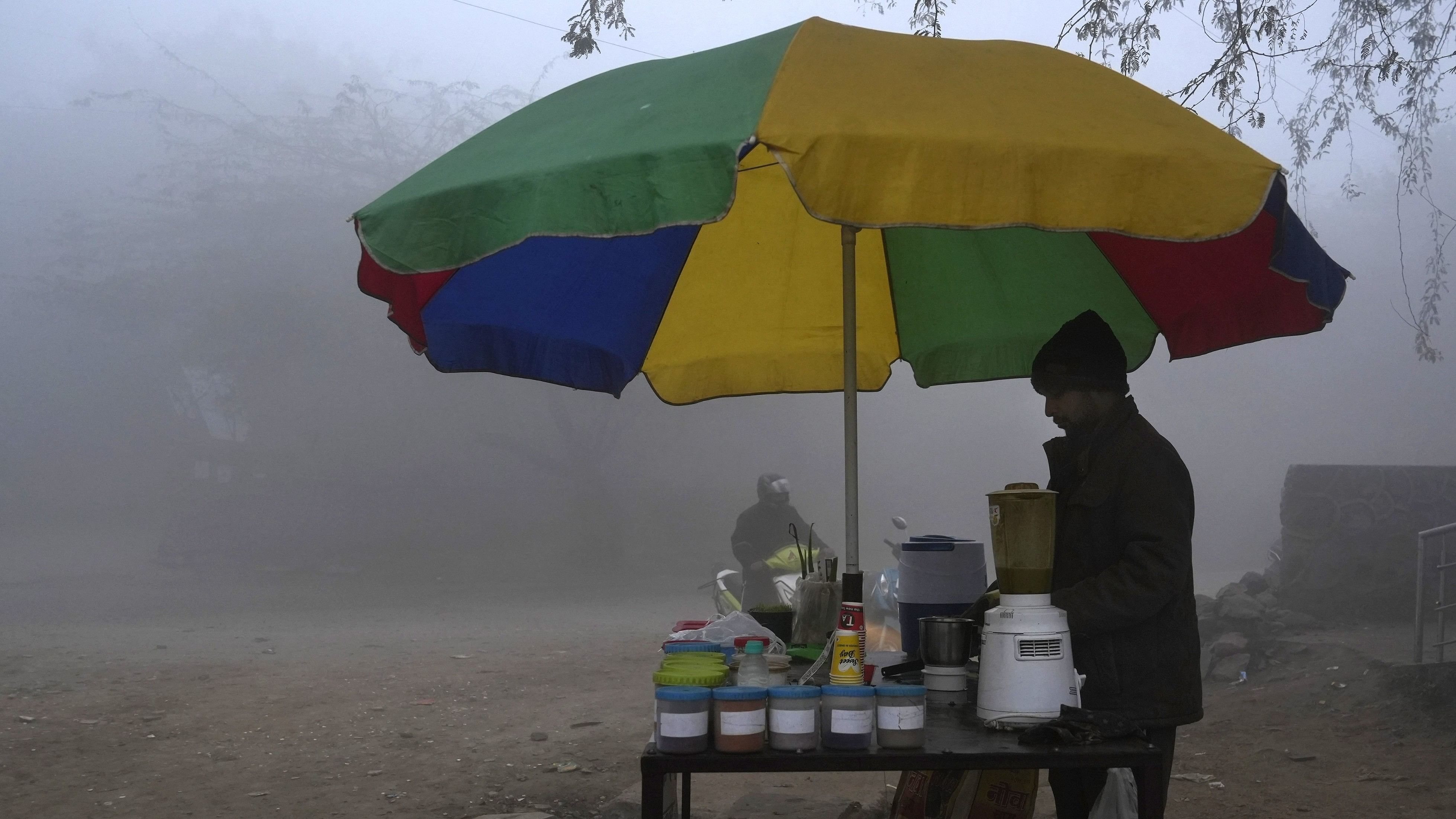
A generic picture showing a fog-laden morning in New Delhi.
Credit: PTI Photo
Mumbai: The winters are quickly transitioning into summer-like conditions in many parts of India with the north-eastern state of Manipur witnessing the largest change since 1970 (2.3°C), while the national capital territory of Delhi had the smallest (0.2°C), according to a study.
A new analysis from Climate Central, a US-based organisation of climate scientists and researchers, explains how temperatures in February have become warmer, leading to a missing spring season. The study analyses data from 1970 to date.
Winter is the fastest-warming season for 12 out of the 34 states and territories.
In the northern part of India, the contrast between January trends (cooling or slight warming) and February (strong warming) means that these regions now have the potential for abrupt transitions from cool winter-like temperatures to the much warmer conditions that traditionally occurred in March.
“The cooling in the central and northern Indian states during January followed by very strong warming in February creates the potential for a quick jump from winter to spring-like conditions. By burning coal and oil, humans have warmed the planet leading to warmer conditions in all seasons across India,” said Dr Andrew Pershing, VP for Science at Climate Central.
According to the study titiled Winter Temperature Trends Across India: Faster Warming In February Makes Spring Feel Shorter— there are notable differences in the pattern of temperature changes during the winter season.
The southern part of the country has strong warming in December and January. Sikkim (2.4°) and Manipur (2.1°) had the largest changes in temperature in December and January, respectively. The northern part of the country had weaker warming and even cooling during December and January. Delhi had the lowest rates during this period (-0.2° in December, -0.8° in January), and among the states
Ladakh (0.1° in December) and Uttar Pradesh (-0.8° in January) had the lowest warming rates.
The pattern changes dramatically between January and February. All regions have warmed in February, but the warming is especially pronounced in many of the regions that showed cooling or low warming in the previous months. Jammu and Kashmir had the highest warming (3.1°C) and Telangana had the lowest (0.4°C).
In the northern part of India, the contrast between January trends (cooling or slight warming) and February (strong warming) means that these regions now have the potential for abrupt transitions from cool winter-like temperatures to the much warmer conditions that traditionally occurred in March.